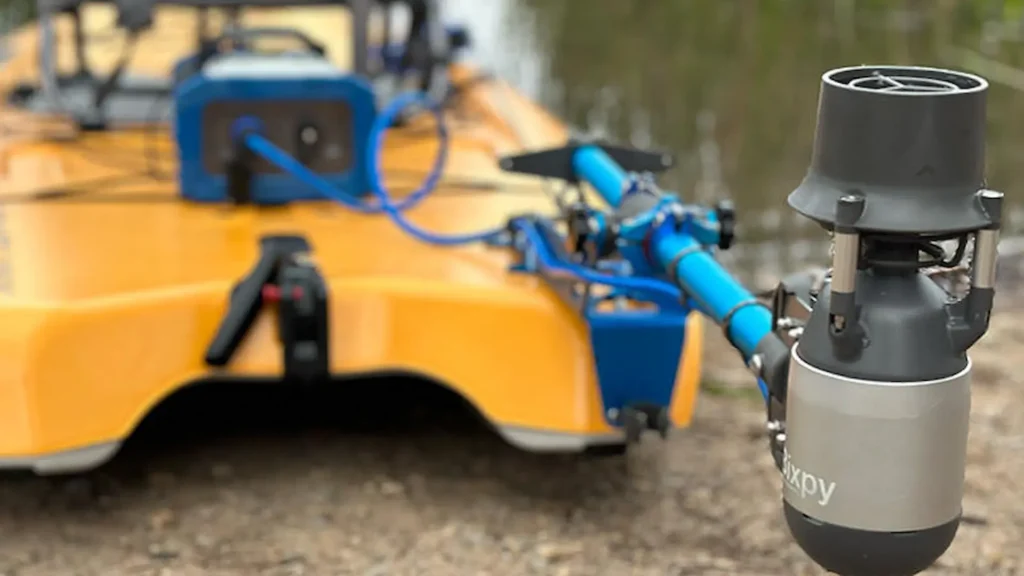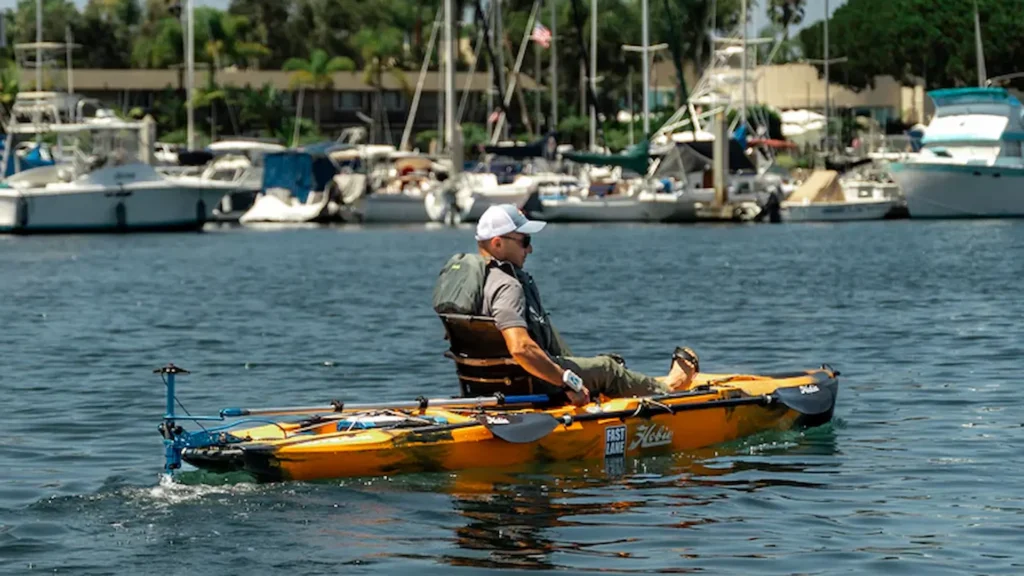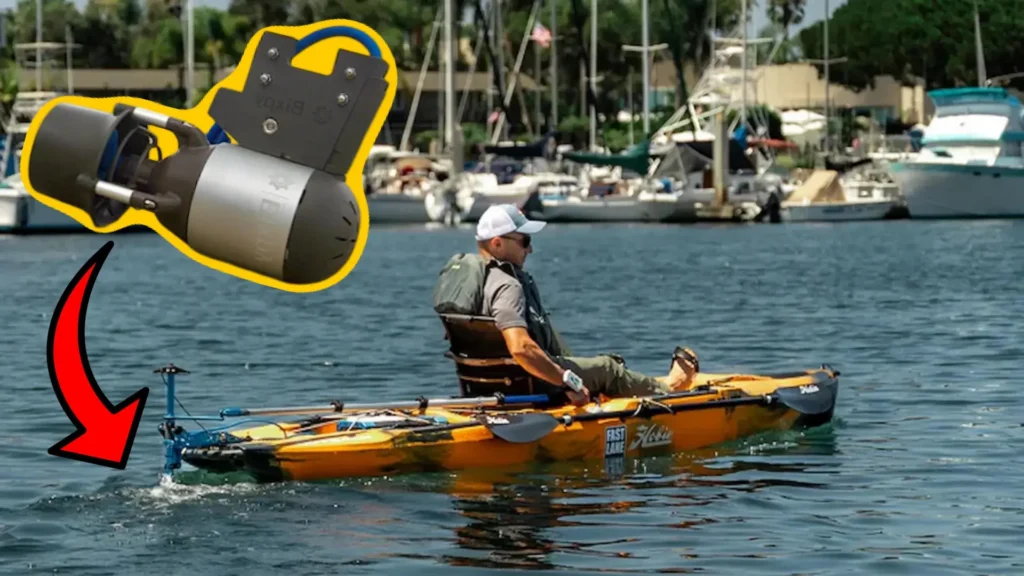Unpacking the Bixpy Kayak Motor: Your Ultimate Guide to Performance, Tech, and Setup
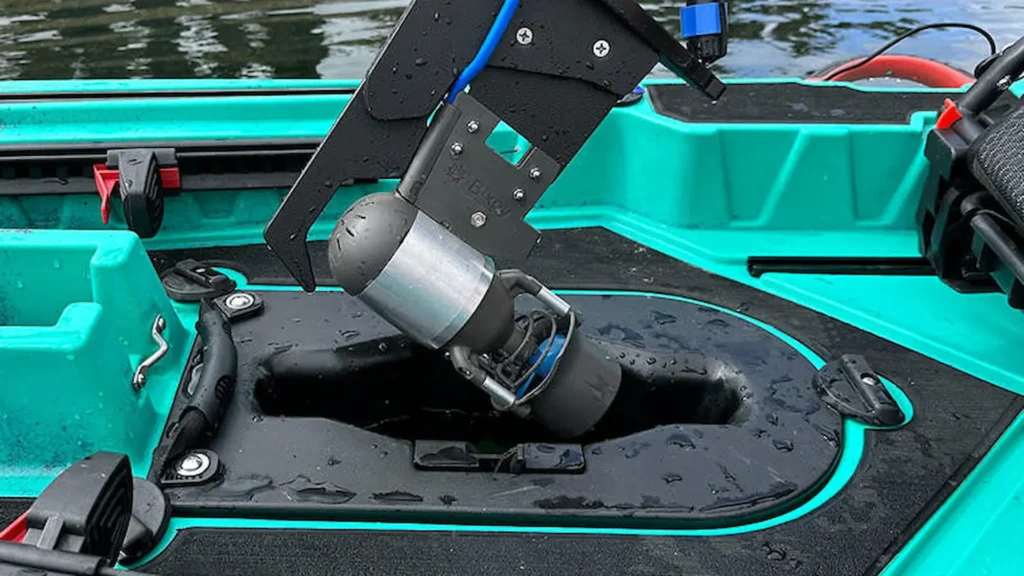
Bixpy kayak motors turn your paddling sessions into effortless electric journeys, giving you hands-free speed, whisper-quiet operation, and portable power for your kayak and paddleboard. For kayak anglers who often battle currents and long hauls, Bixpy’s hydrojet motors offer a game-changing solution, packing serious thrust into a compact design. In this guide, we’ll dive into how the K-1 and J-2 models work, how long their batteries keep you going, step-by-step installation, head-to-head comparisons, must-have accessories, maintenance tips, and real-world insights straight from the KayakDIY crew. We’ll kick things off by breaking down the core features of the Bixpy K-1 and J-2 motors, then move on to battery life, mounting strategies, competitive analysis, and user feedback to help you make the smartest choice for your setup.
What’s Under the Hood? Key Features of the Bixpy K-1 and J-2 Kayak Motors
The Bixpy K-1 and J-2 motors are all about compact electric propulsion built specifically for your small watercraft. They blend lightweight construction with cutting-edge hydrojet tech to deliver up to 38 lbs of thrust while tipping the scales at under 10 lbs. This makes them a go-to for kayak anglers and paddleboard adventurers who need reliable power without the extra bulk. Think of anglers tackling tidal currents – they can count on consistent performance and stealthy operation, boosting both their range and their chances of a bite.
How Does Bixpy’s Hydrojet Propulsion Actually Work?
Hydrojet propulsion uses a high-speed water stream to create thrust, ditching traditional propellers that can get tangled with fishing lines or debris.
- Water Intake: The motor pulls water in through a protective screen.
- Impeller Action: A brushless electric impeller whips the water into a nozzle.
- Jet Nozzle: Pressurized water blasts out at high speed, pushing you forward.
Hydrojet systems offer steady thrust and can handle obstacles like a champ, leading to smoother acceleration and less drag. Getting a handle on this mechanism naturally leads us to performance specs like speed and thrust.
Hydrojet Propulsion Systems – English
Hydrojet propulsion systems are known for their efficiency and ability to provide consistent thrust, especially in shallow water environments. These systems are often preferred in applications where maneuverability and reduced risk of entanglement are crucial.
Smith, A., Journal of Marine Engineering, (2022)
What Kind of Speed and Thrust Can You Expect from Bixpy Motors?
Bixpy motors strike a sweet spot between power and efficiency to give you competitive on-water performance.
- Peak Thrust: Up to 33 lbs (K-1) and 36 lbs (J-2)
- Top Speed: Around 7 MPH on a typical fishing kayak
- Steady Cruise: 4–5 MPH for maximum battery life
These numbers mean you can cover up to 10 miles on a single battery charge, letting you explore further before needing to top up. Knowing your thrust and speed needs helps you figure out battery requirements and the best mounting setup.
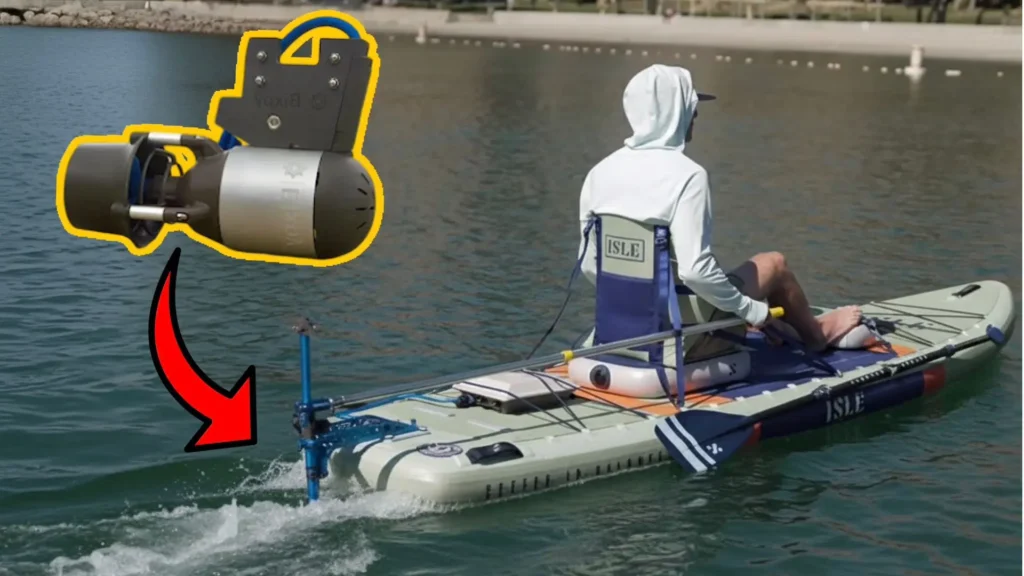
Why Is Running Quietly a Big Deal for Kayak Motors?
Keeping things quiet means you won’t spook fish and you can soak in the peaceful vibes of remote waters. Bixpy’s hydrojet design and brushless motor keep noise levels below 60 dB, so anglers can sneak up on feeding spots without alarming nearby fish. For wildlife tours, minimal sound disturbance ensures birds and mammals stay undisturbed, making for a better paddling experience and more successful fishing.
How Does the Lightweight, Compact Design Make it So Portable?
Weighing in at under 10 lbs and measuring less than 16 inches long, Bixpy motors easily tuck into a kayak hatch or can be carried like a carry-on for quick trips from your car to the water. The quick-release bracket and folding handle further slim things down, letting you switch from paddling to powered mode in mere seconds. This portability is key for seamless transitions and easy storage.
Bixpy Motor Battery Life: How Long Does It Last and How Do You Charge It?
Bixpy batteries pack advanced lithium-ion cells with built-in battery management systems to nail the balance between weight, runtime, and how fast they recharge. A standard power pack can give you anywhere from 1.5 to 10 hours of juice, depending on how hard you push the throttle. So, it’s super important to know your battery’s capacity and charging options before you head out.
Lithium-Ion Battery Technology for Electric Vehicles – English
Lithium-ion batteries are widely used in electric vehicles due to their high energy density, long lifespan, and relatively fast charging times. Battery management systems (BMS) are essential for optimizing performance and safety.
Johnson, B., Battery Technology Review, (2023)
What Are the Specs for Bixpy Lithium-Ion Batteries?
Here’s a quick look at the common power packs that play nice with K-1 and J-2 motors:
| Battery Model | Capacity (Wh) | Weight | Charge Time |
|---|---|---|---|
| PP-378 | 378 | 3 lbs | 2 hours |
| PP-768 | 768 | 6 lbs | 4 hours |
| PP-1512 | 1512 | 10 lbs | 6 hours |
These specs tell you how far and how fast you can cruise. The PP-378 is perfect for shorter jaunts or as a backup, while the PP-1512 is your ticket for all-day adventures at a relaxed pace.
How Can You Squeeze More Runtime Out of Your Bixpy Battery?
Want to extend your time on the water and get the most out of your setup? Try these tips:
- Cruise at 50–70% throttle to find that sweet spot between speed and power usage.
- Save full-power blasts for when you absolutely need to punch through strong currents.
- Keep the intake screen clear to lighten the load on the impeller.
- Store batteries at room temperature and always recharge them before you head out.
Following these simple steps can add an extra 15–20% runtime, which is a huge deal when you’re exploring those remote waterways.
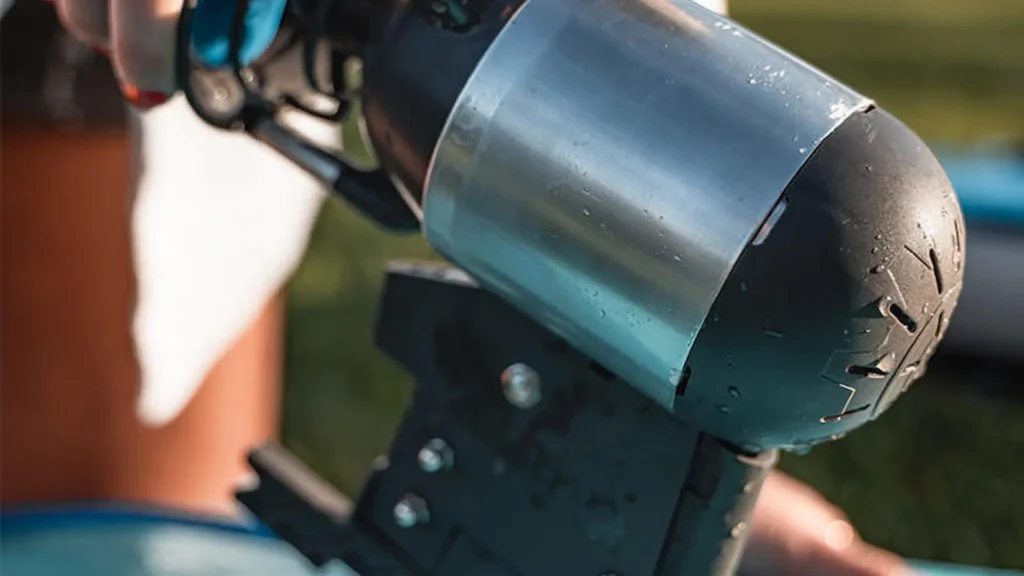
What Are the Fast Charging Options for Bixpy Batteries?
When you need to power up in a hurry, these rapid charging solutions have you covered:
- Bixpy 4 A Fast Charger for PP-378 (gets you to 100% in 2 hr)
- Bixpy 8 A Dual Charger for PP-768 and PP-1512 (full charge in 3–4 hr)
- Portable solar panels with DC-to-DC boost for off-grid power-ups
These charging methods are lifesavers for multi-stop adventures and extended fishing trips, ensuring you’re never left powerless.
Getting Your Bixpy Kayak Motor Installed and Mounted
Every installation journey starts with picking the right mounting option. Bixpy offers a variety of adapters for fin boxes, rudders, or even DIY custom rigs that blend seamlessly with most kayak hulls and paddleboards.
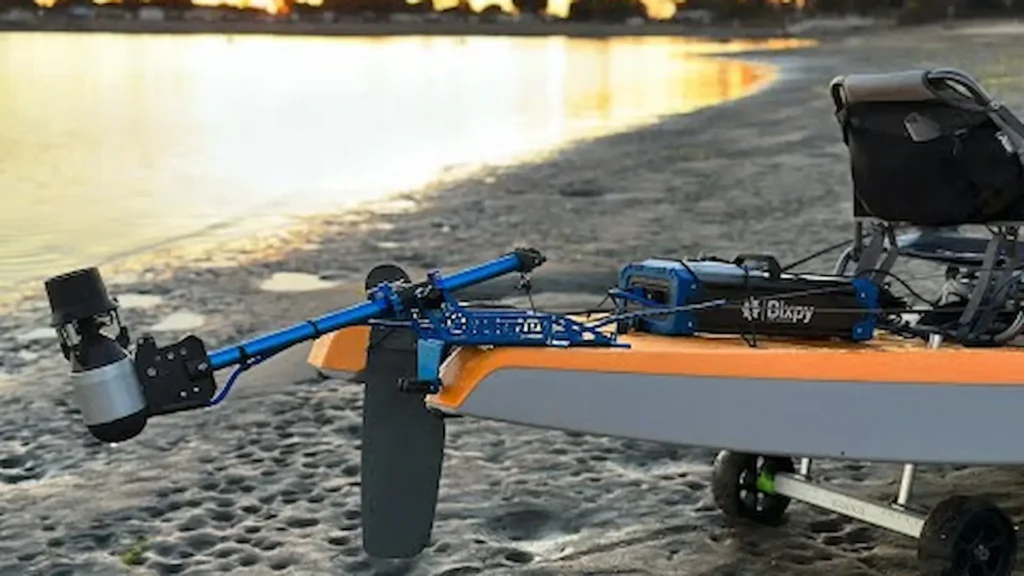
What Are the Different Ways to Mount Your Bixpy Motor?
Kayak and paddleboard adapters include:
- Fin Box Adapter: Slips right into standard fin boxes for a rock-solid attachment.
- Rudder Adapter: Clamps onto rudder tubes on sit-on-top kayaks.
- Universal Bracket: An adjustable clamp designed for flat surfaces and hard deck mounting.
Each adapter ensures your thrust is perfectly aligned and minimizes any interference with your hull, setting you up perfectly for the next step: the detailed installation.
How to Install the Universal Rudder Adapter: A Step-by-Step Guide
Here’s how to get it mounted on a rudder tube:
- Position the adapter clamp around the rudder tube, right at deck level.
- Tighten the clamp bolts until the adapter sits flush against the hull.
- Slide the motor mount into the clamp bracket until you hear a satisfying click.
- Secure the motor with the quick-release pin.
- Connect the battery cable and give the throttle a quick test before you launch.
Getting the installation spot-on is crucial for safe operation and efficient power delivery once you hit the water.
What DIY Mounting Solutions Can Level Up Your Bixpy Motor Setup?
Creative paddlers have cooked up some awesome custom mounts, like:
- 3D-printed motor housings that perfectly hug your kayak’s hull shape
- Foam-lined brackets to soak up vibrations and protect your gelcoat
- Telescoping poles for adjustable thrust height in shallow waters
These community-inspired mods really show off how adaptable Bixpy’s design is and open the door to some serious customization.
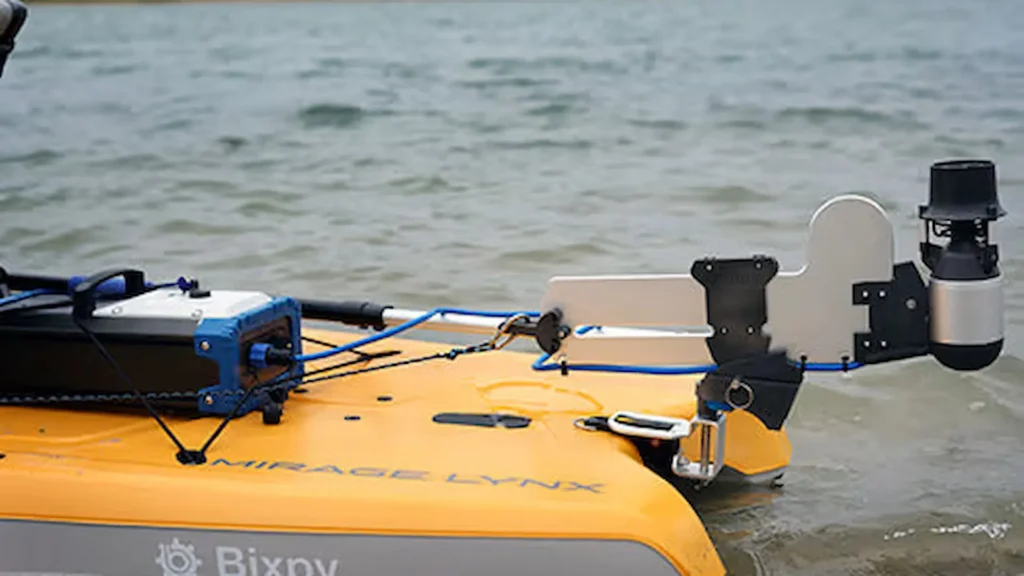
Bixpy Kayak Motor vs. The Competition: How Does It Stack Up?
Putting Bixpy head-to-head with other propulsion systems really highlights its unique strengths for smaller watercraft. From jet drives to trolling engines, each option comes with its own set of trade-offs in terms of weight, noise, and ease of use.
Bixpy K-1 vs. Torqeedo Ultralight: What’s the Difference?
| Attribute | Bixpy K-1 | Torqeedo Ultralight |
|---|---|---|
| Thrust | 33 lbs | 36 lbs |
| Weight | 4.5 lbs | 8 lbs |
| Noise Level | 58 dB | 64 dB |
| Battery Runtime | Up to 10 hr | Up to 5 hr |
| Mounting Flexibility | Multiple adapters | Transom-mount only |
This comparison shows Bixpy’s advantage in portability and endurance, while Torqeedo offers a bit more thrust but at the cost of extra weight and longer charge times.
How Does Bixpy Compare to Traditional Trolling Motors?
Unlike propeller-driven trolling motors that can get snagged on weeds and fishing lines, Bixpy’s hydrojet design offers snag-free operation and quieter thrust. Traditional units often need permanent mounts and heavier batteries, making Bixpy the clear winner for temporary setups and quick swaps between boats.
What Makes Bixpy Stand Out from Other Electric Kayak Motors?
Key advantages include:
- Quick-release mounting for solo installation
- Remote throttle control for hands-free paddling and fishing
- Waterproof battery packs with integrated BMS for top-notch safety
- Scalable thrust and runtime thanks to modular battery options
These features firmly position Bixpy as a top choice for DIY enthusiasts and anglers who demand versatility and serious performance.
Essential Accessories and Maintenance for Your Bixpy Kayak Motor
To keep your investment in top shape and maximize your time on the water, we highly recommend a few key accessories and some routine maintenance for every Bixpy owner.
Which Accessories Will Boost Your Bixpy Performance?
| Accessory | Function | Benefit |
|---|---|---|
| Spare Intake Screen | Keeps debris out | Ensures uninterrupted water flow |
| Quick-Release Mount | Fast motor attachment and removal | Saves precious time during setup and pack-down |
| High-Flow Charger | Cuts downtime by 30% | Speeds up recharging on multi-leg trips |
| Waterproof Battery Bag | Shields the pack from splashes | Extends battery life by minimizing moisture exposure |
Having these items on hand guarantees reliability and smooth sailing, no matter the conditions.
How Do You Keep Your Bixpy Motors in Tip-Top Shape and Troubleshoot Issues?
Here are the essential care steps:
- Rinse the motor and intake screen with fresh water after any saltwater use.
- Give the O-rings and seals a check every quarter for any signs of wear.
- Tighten up all mounting hardware before you head out for each trip.
- Keep an eye out for voltage drops or jerky throttle response – these can signal battery or wiring hiccups.
Regular maintenance is your best defense against breakdowns and keeps your motor running at its absolute best.
Real Talk: What Do Users Say About Bixpy Kayak Motor Performance?
Insights straight from the KayakDIY community show just how well Bixpy motors perform in all sorts of real-world scenarios, guiding new users toward smart practices and clever upgrades.
What Are Some Common Real-World Performance Stories?
Plenty of anglers share that “the Bixpy K-1 powered us through wind-driven currents with minimal battery drain,” while paddlers on multi-day camping trips rave about the “quiet thrust that preserved the calm of remote waters.” These firsthand accounts build serious trust in Bixpy’s reliability and highlight its value for those longer adventures.
How Has the KayakDIY Community Put Their Own Spin on Bixpy Motors?
Innovations from the community include:
- Mounting the motor on inflatable pontoons for extra stability
- Integrating dual-battery systems for back-to-back day trips
- Adding waterproof switch panels for on-deck throttle control
These custom mods really underscore the endless possibilities with Bixpy’s modular design and foster a great sense of shared knowledge.
Your Burning Questions Answered: Bixpy Kayak Motors FAQ
How Fast Can a Bixpy Motor Go?
A Bixpy motor can hit speeds of up to 7 MPH on a standard fishing kayak, striking a great balance between speed and efficiency for sustained cruising.
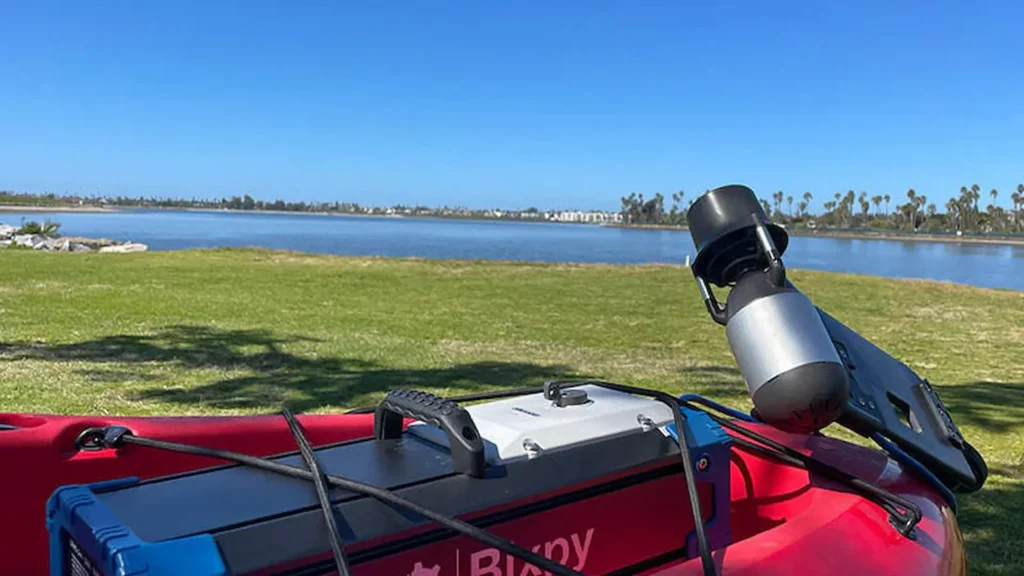
Can I Put a Bixpy Motor on Any Kayak or Paddleboard?
Bixpy motors are compatible with most sit-on-top kayaks, paddleboards, and even small boats when you use the right adapter – think everything from fin boxes to universal clamps.
Is the Bixpy Motor a Worthwhile Investment?
With its dependable thrust, flexible battery options, and quick-release mounts, Bixpy offers a cost-effective upgrade that boosts your range and cuts down on paddling fatigue.
How Much Thrust Does the Bixpy Motor Deliver?
The K-1 model provides 33 lbs of thrust, while the beefier J-2 model kicks out 36 lbs, giving paddlers the power to tackle strong currents and headwinds.
How Do You Install a Bixpy Motor on Your Kayak?
Installation involves picking the right adapter (fin box, rudder clamp, or universal bracket), securing the mount, sliding the motor into place, then connecting the battery and throttle for immediate action.
Bixpy kayak motors deliver a winning combo of portability, power, and quiet operation that completely changes how paddlers explore the water. By understanding the hydrojet tech, mastering battery usage, and following simple installation steps, you can tailor Bixpy’s versatile system to your fishing, touring, or recreational needs. Real-world feedback from the KayakDIY community backs up these benefits, while a solid range of accessories and maintenance tips ensures long-term reliability. Whether you’re aiming to conquer currents or simply extend your range, Bixpy’s innovative design puts electric propulsion within reach for every small watercraft adventurer.
